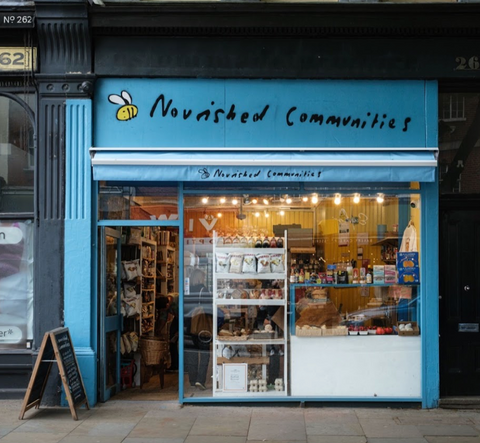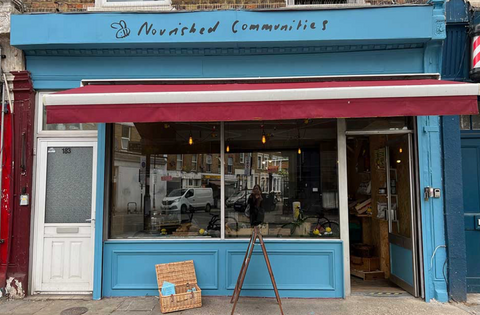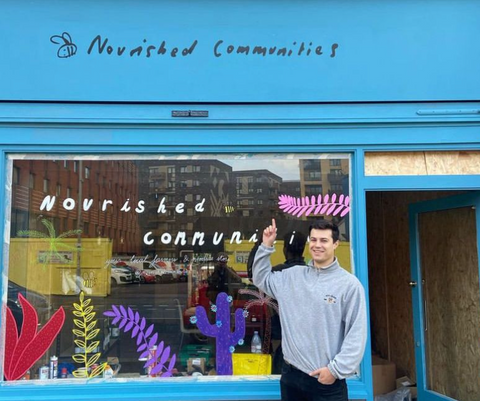Food is more than sustenance—it’s a universal language that connects us, whether through sharing a cup of tea, a biscuit, or traditional offerings like bread and salt. But what if food could go beyond taste and evoke entirely new sensory experiences? This is the fascinating world of synaesthesia—a condition where one sensory input triggers another unrelated sensation, such as tasting flavours when hearing music or seeing colours.
Synaesthesia has inspired chefs, sommeliers, and flavour experts to craft unique culinary creations. In this blog, we’ll delve into the science, explore how it influences food, and share insights from synaesthetic chef Taria Camerino.
What is Synaesthesia?
Synaesthesia occurs when sensory pathways in the brain intertwine, causing one sense to trigger another. While there are 20 basic sensory combinations (e.g., sight to touch, taste to sound), the connections can be much more complex.
Lexical-Gustatory Synaesthesia
One of the rarest forms, lexical-gustatory synaesthesia, causes words or sounds to elicit specific tastes. For example, hearing a certain name might trigger the sensation of strawberries or chocolate. Chefs and taste experts with this ability use it to innovate, combining flavours in ways that feel instinctively “right.”
The Science Behind Synaesthesia
How Does It Work?
Research shows that synaesthetes have increased myelination in certain brain regions. Myelin is a fatty substance that insulates neurons, speeding up electrical signals. This heightened connectivity may explain the stronger sensory associations.
Proof in the Brain
fMRI studies confirm that synaesthetic experiences are real. For example, when synaesthetes read certain words, areas of their brains associated with taste light up, even though no food is present. This heightened sensory overlap offers a unique way of experiencing the world.
Synaesthesia and Culinary Creativity
Taria Camerino’s Approach
Taria Camerino, an American pastry chef and synaesthete, experiences emotions and other senses as tastes. She creates dishes that reflect these sensations, such as lollipops where green tastes like strawberries, yellow like fish, and black like mango.
At one event, Camerino paired her lollipops with Tchaikovsky’s 1812 Overture. Guests reported that the colours influenced their initial perception of taste, and the intensity of the flavours seemed to rise and fall with the music’s crescendos.
The Emotional Connection
Camerino’s work goes beyond taste; she uses synaesthesia to evoke emotions and memories. When asked how to help someone who lost their sense of taste, she suggested starting with scents like vanilla or lavender. This approach shows the deep interplay between smell, taste, and emotion.
Synaesthesia in Everyday Life
While not everyone has synaesthesia, understanding it can deepen our appreciation for the sensory richness of food. Think about the sounds of a sizzling pan, the vibrant colours of a fresh salad, or the warm aroma of baking bread—each of these elements enhances our dining experience.
Why Synaesthesia Matters in Food
- Innovative Flavours: Synaesthetic chefs create unexpected but harmonious flavour pairings.
- Emotional Resonance: Food becomes more than a meal—it’s an experience tied to memory and emotion.
- Sensory Exploration: Understanding synaesthesia opens new ways to appreciate the connections between taste, smell, and other senses.
Fun Fact
Did you know the Scoville Scale for measuring chilli heat was created by a pharmacologist, not a chef? Wilbur Scoville originally developed the scale for a pain-relieving cream!
Synaesthesia offers a unique perspective on food, connecting taste to other senses in ways that inspire creativity and deepen our emotional connection to what we eat. From chefs like Taria Camerino to scientific studies, the interplay of senses enriches our culinary world.
Next time you enjoy a meal, take a moment to savour not just the taste but the colours, textures, and even sounds that make food an extraordinary sensory experience.







Comments (0)
There are no comments for this article. Be the first one to leave a message!